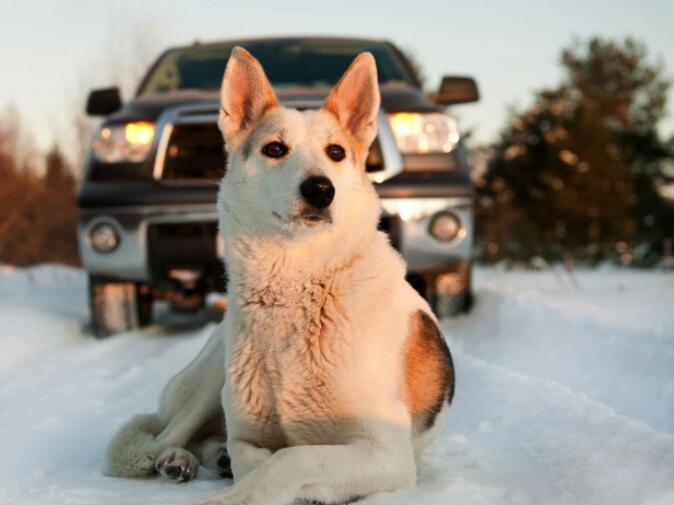Dogs, much like humans, have specific dietary needs crucial for their health and well-being. Among canines, puppies stand out as they require a diet that not only caters to their energy requirements but also supports their rapid growth and development. While commercial puppy foods are readily available, many pet owners lean towards homemade diets, believing them to be a healthier option. However, crafting a nutritionally balanced meal at home is no small feat. This article delves into the essential considerations when contemplating a homemade diet for your furry friend, emphasizing the importance of veterinary consultation and the potential hazards associated with raw food options.
Understanding the Unique Nutritional Needs of Puppies
The nutritional demands of a growing puppy far exceed those of their adult counterparts. A rapidly growing body requires more energy, which is why puppies need higher caloric intake. According to the National Academy of Sciences, a small puppy weighing around 10 pounds and expected to reach approximately 33 pounds as an adult should consume roughly 990 calories daily. Besides the need for additional calories, these young canines require a higher proportion of protein, fats, vitamins, and minerals to support the development of their skeletal structure, muscles, and internal organs.
A comprehensive homemade diet for puppies should encompass:
– Protein-rich items such as chicken, turkey, fish, and lean beef.
– Carbohydrate sources including rice, pasta, and potatoes.
– Vegetables like peas, green beans, and carrots.
– Fatty acids, often derived from vegetable oils.
– Vitamin and mineral supplements from a reputable source.
It is imperative to adhere to a recipe crafted by a veterinary nutritionist to ensure that your puppy’s diet is both complete and balanced. Resources such as BalanceIT.com or PetDiets.com offer a range of recipes developed by experts in the field, which can be tailored to accommodate the unique needs of various breeds or address specific health concerns, such as allergies.
Preparing and Managing Homemade Puppy Food
Preparing homemade food for your puppy involves more than just cooking; it requires a systematic approach. Establishing a consistent schedule for meal preparation is vital to ensure you always have enough food on hand. Cooking meals in bulk and storing them in airtight containers—either frozen for long-term storage or refrigerated for up to five days—is a practical strategy. As your puppy grows, it’s important to adjust portion sizes accordingly. Regularly weighing your puppy every week or two will help you provide the right amount of calories to match their evolving needs.
The Debate Over Cooked Versus Raw Diets for Puppies
While there’s no denying that a home-cooked diet can be beneficial for puppies when done correctly, the same cannot be said for raw diets without reservation. The American Veterinary Medical Association (AVMA) and other authoritative bodies have raised concerns about the potential risks associated with raw pet food. Pathogens present in raw food can pose serious health threats, especially since puppies—much like human infants—have developing immune systems that may not be equipped to handle these pathogens, leading to illness in both pets and people.
Should you decide to venture into raw feeding, it is critical to handle raw ingredients with the utmost care and be fully aware of the associated risks. Raw diets are not recommended for dogs that come into contact with individuals who have compromised immune systems or for dogs with their own immune system issues. If you’re contemplating switching to a raw diet for your older puppy, engage in a thorough discussion with your veterinarian to weigh the advantages and disadvantages.
Conclusion: The Key to a Healthy Puppy Lies in a Well-Planned Homemade Diet
In conclusion, a homemade diet can indeed be a nutritious and healthy choice for your growing puppy, provided it is meticulously planned and executed. By adhering to veterinary-approved recipes, establishing a consistent meal preparation routine, and being cognizant of the potential dangers of raw diets, you can significantly contribute to your puppy’s optimal growth and thriving health.









